We ran the first Thames Natural History Tour in 2018 and we found people enjoyed the mix of learning about the history and biodiversity of the Tidal Thames (the Tideway).
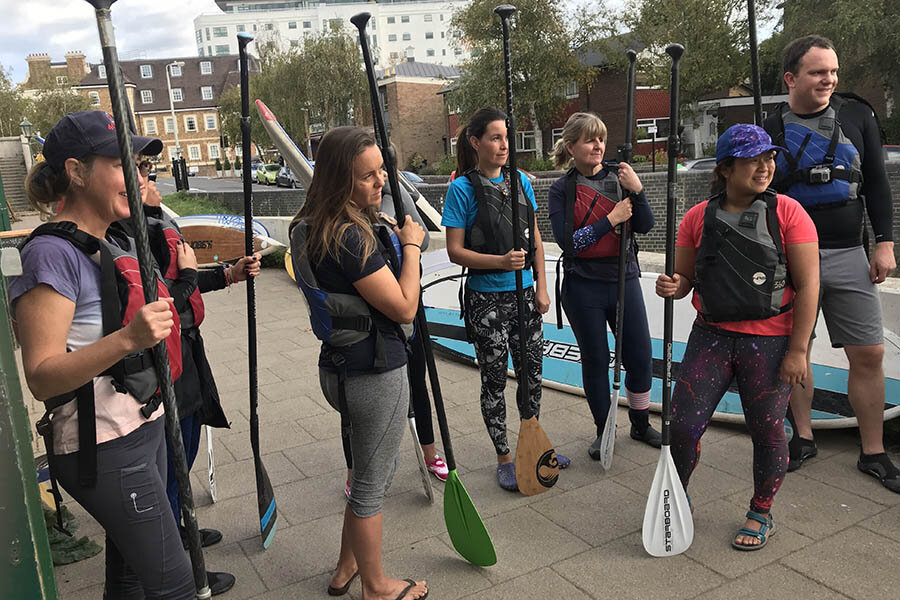
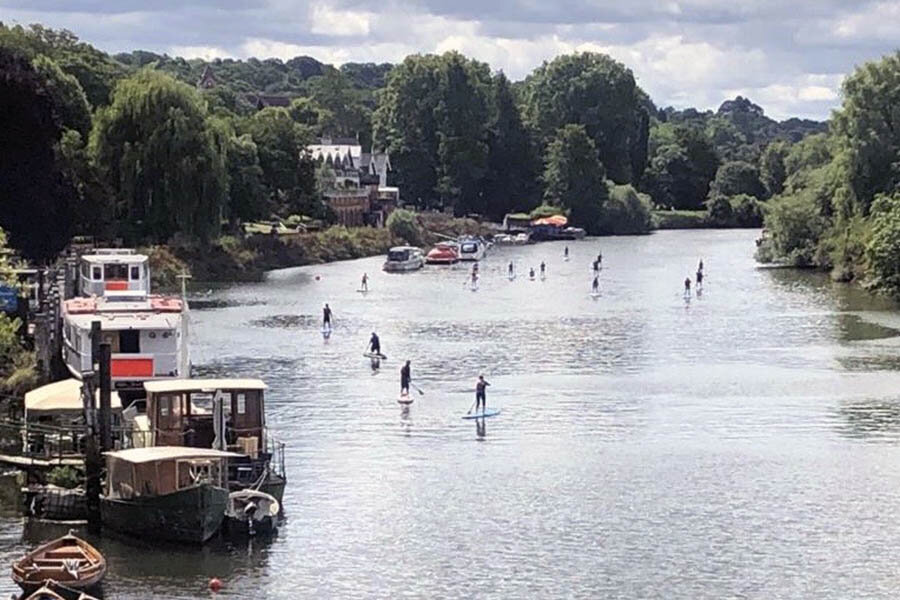

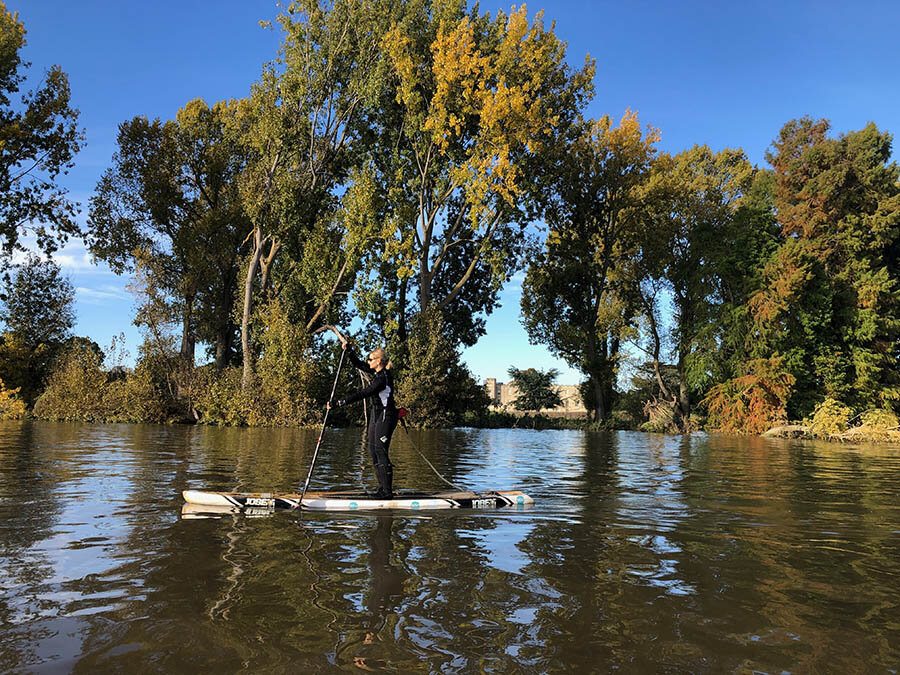
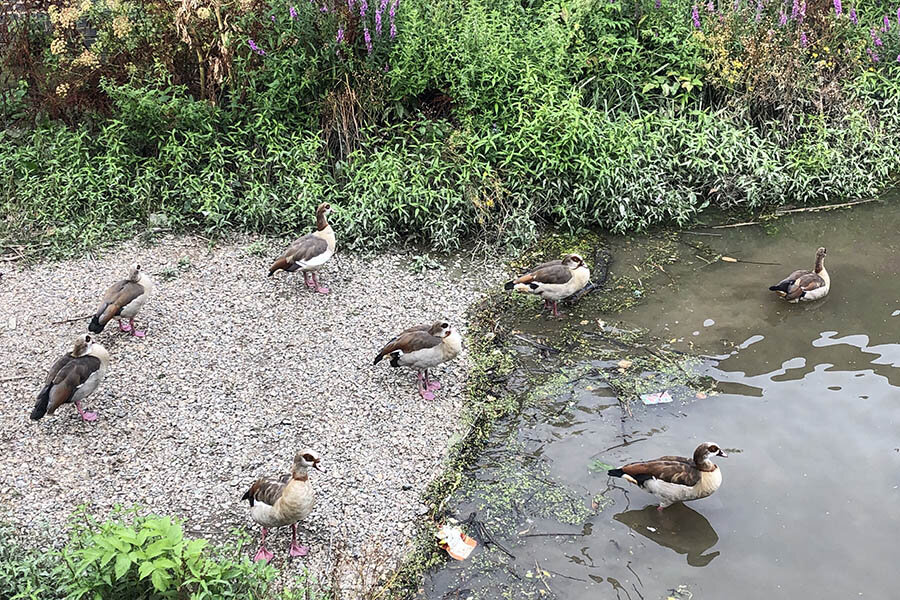
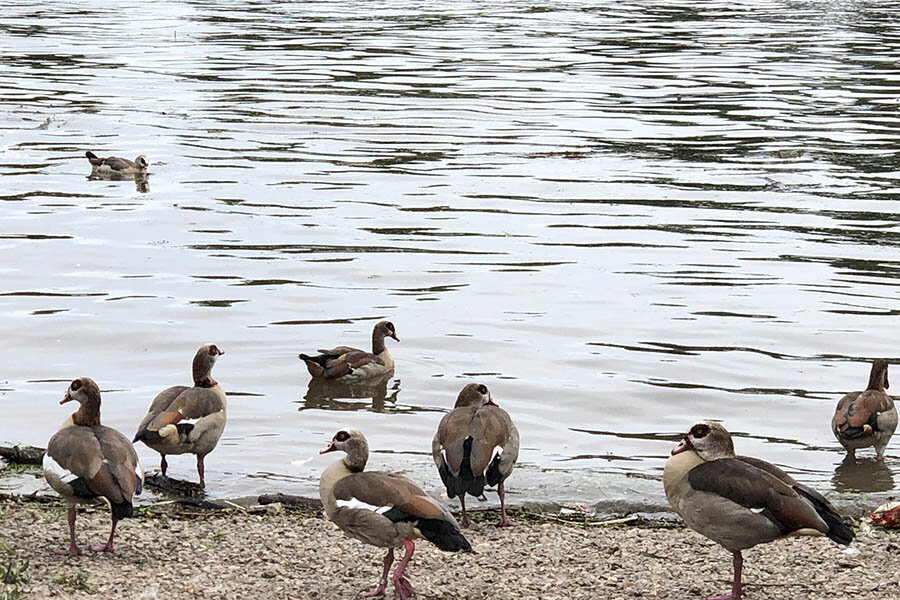
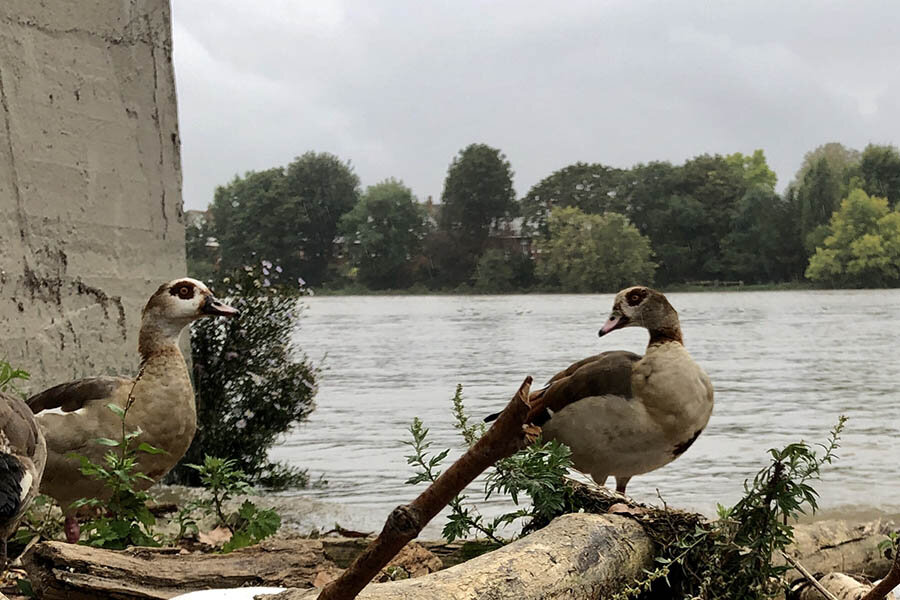
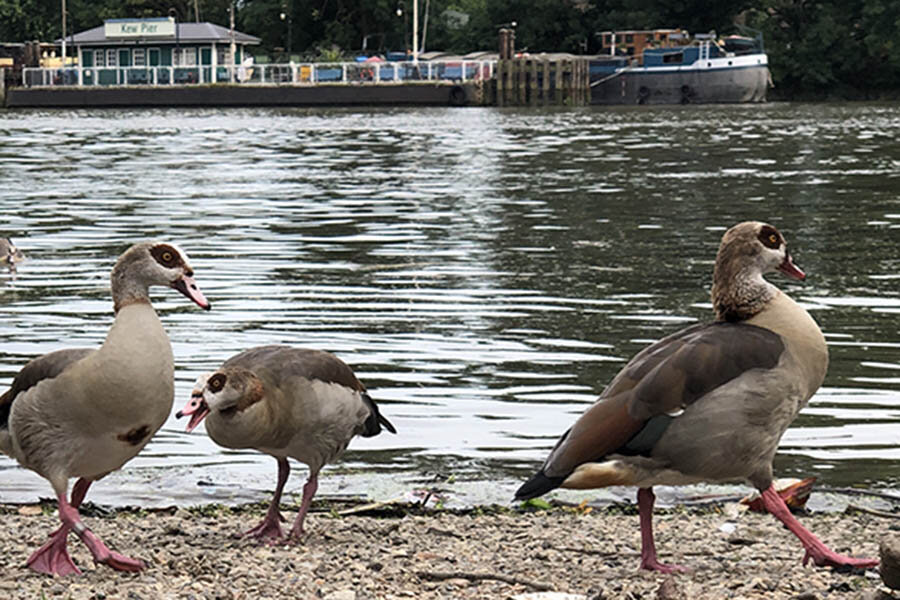
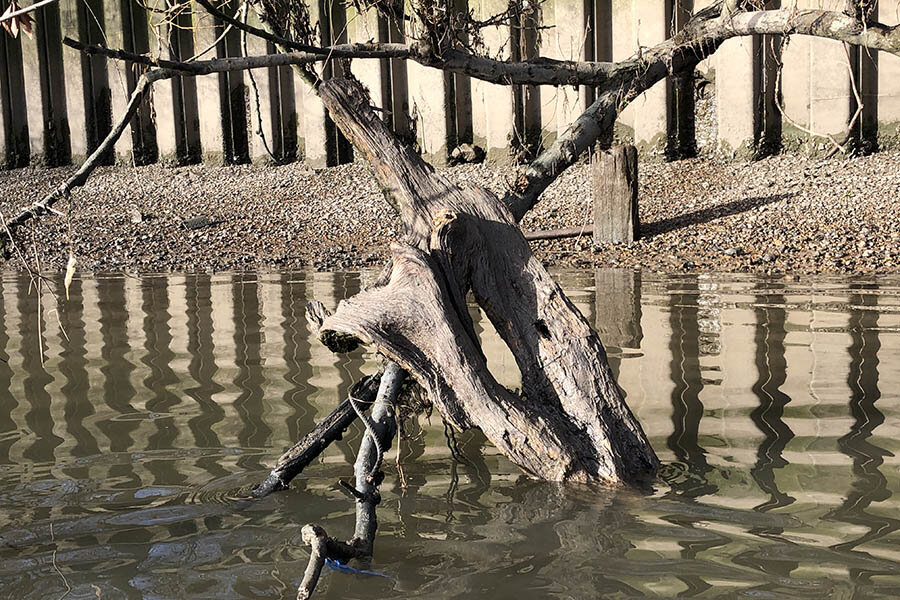
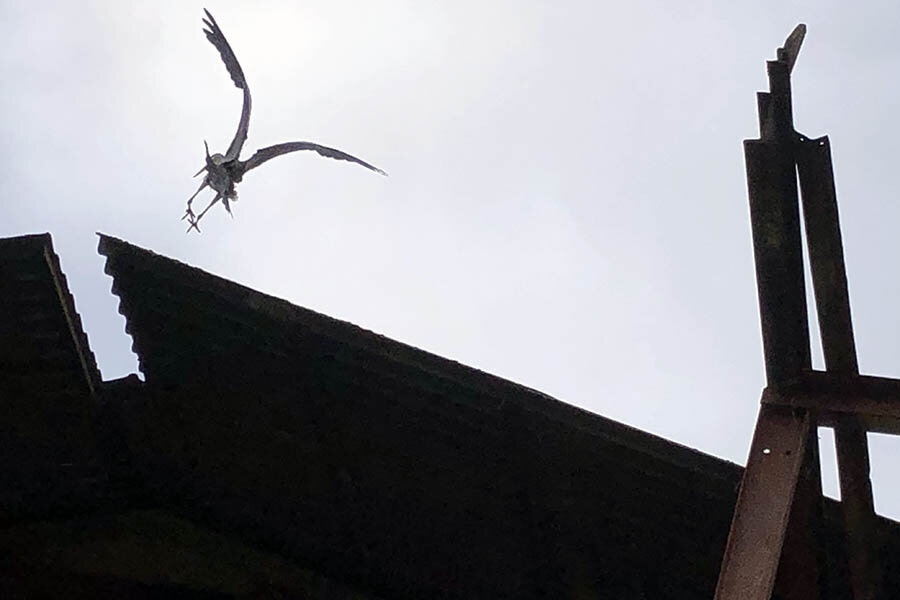
The Thames is the lifeblood of London and the reason for the city’s existence and early prosperity. Now it provides an oasis of nature to escape the heat of the city in summer and a migratory superhighway for numerous bird and fish species. The Tideway is home to 121 fish species and regularly visited by seals and occasionally dolphins and whales. It’s a fascinating river and the best way to begin to understand it is to get out on it and learn with one of Active360’s knowledgable river guides.
Our resident seals have become frequent participants in our SUP sessions

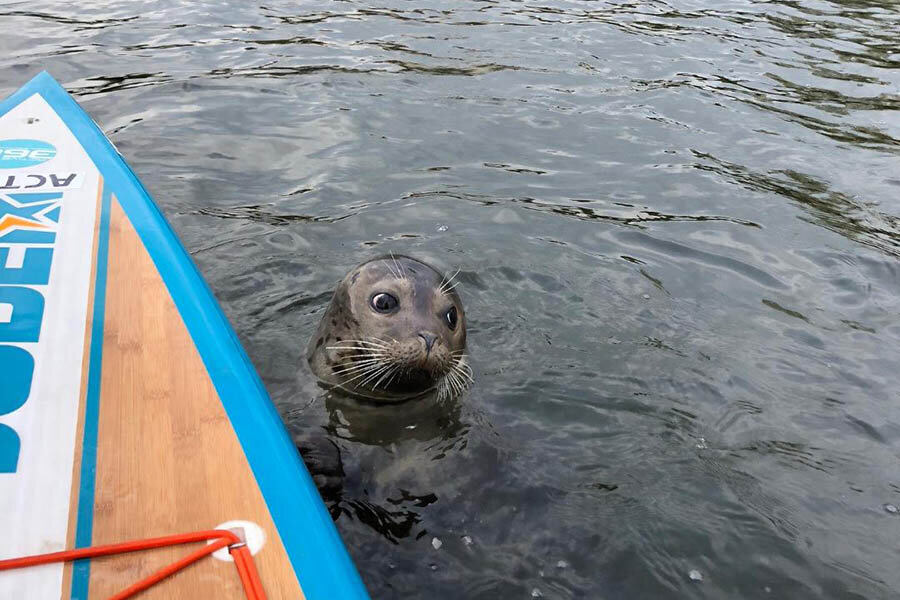
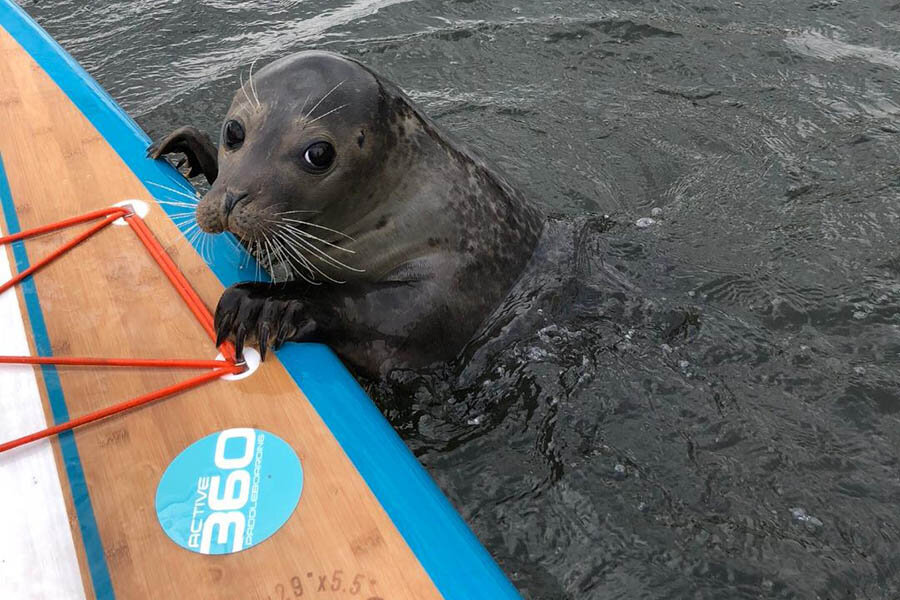
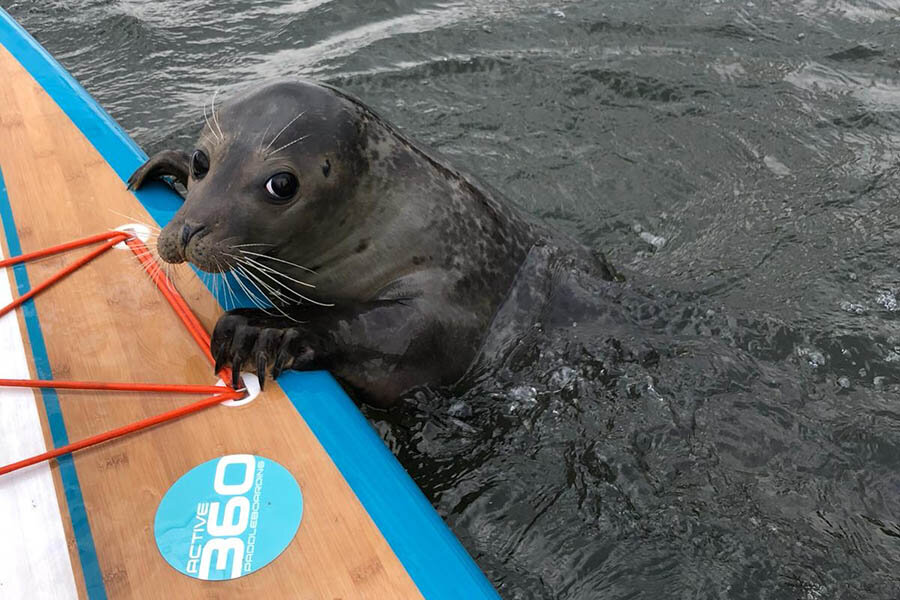
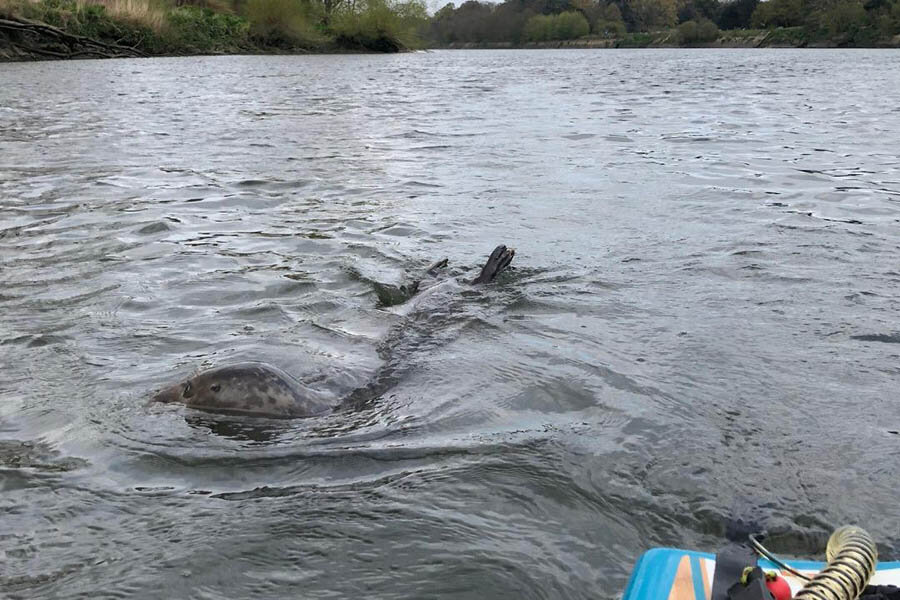
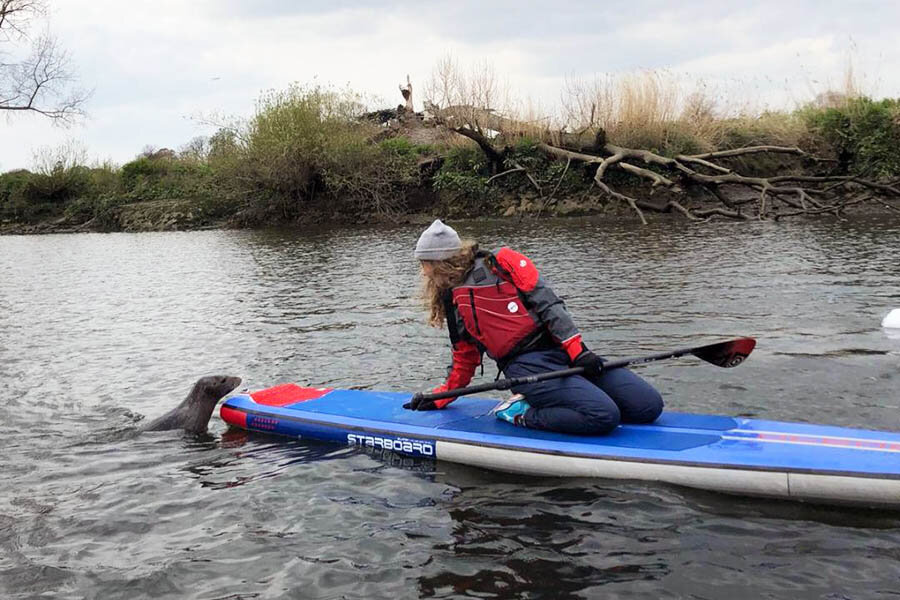
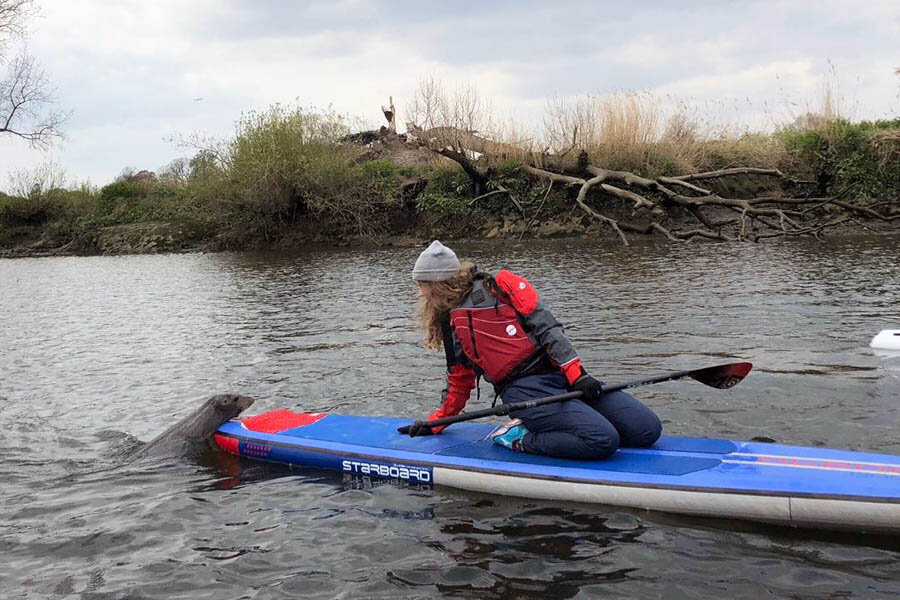
We organise group tours at set times open to anyone, even those with limited Thames SUP experience. We also offer customised tours (which can include a beginner lesson) for organisations or groups of friends who want to learn more about the Tideway, its ecology and how history has shaped and threatened it.
You can book a scheduled tour on or request a custom tour by emailing info@active360.co.uk
A few facts below to whet your appetitite (download the PDF file if you are interested in extended reading) :
Thames was formed 30 million years ago
Thames used to be called ‘Tamesis’ = darkness
1849 outbreak of cholera was accompanied by an outbreak of ‘bad smelling air’; there was no sewage system at that time and discharge of waste was to cesspits or directly to the river; there were 500 cases of cholera within 250yds from the river - How did they find out the outbreak of cholera was directly linked to the sewage system and the river?
bad smelling air lead to The Great Stink in 1858; John Bazalgette proposed building an intercepting sewage system along the river – embankments were built on it – Thames became narrower, faster and deeper
by 1960 Thames became biologically dead
Thames now:
length from sea to source 375km (307km now navigable) = the longest river in England
tide reaches Teddington – approx. 100km from the sea
tidal range is approx. 7m; can reach 4 knots flow; 6h tidal cycle
there are 134 bridges on the Thames - which one is the oldest?
salt water reaches Gravesend; brackish up until Battersea (0.5 to 30g salt per litre); fresh water beyond Teddington
Thames now:
is London’s largest continuous wildlife corridor = ‘wildlife superhighway’
is a vital link and migration route for many species some travelling hundreds or thousands of miles e.g. eels, over-wintering wildfowl and waders, and summer visiting house martin and common tern
is home to many 121 fish species and many birds including swans, geese, grey herons, cormorants, geese
Threats:
pollution
locks, weirs and sluices disturbing fish migration
changing balance of water quality and salinity affected by riverside construction
presence of invasive species e.g. Chinese mitten crab (travelled via sea attached to the ships) and burrows into river banks
